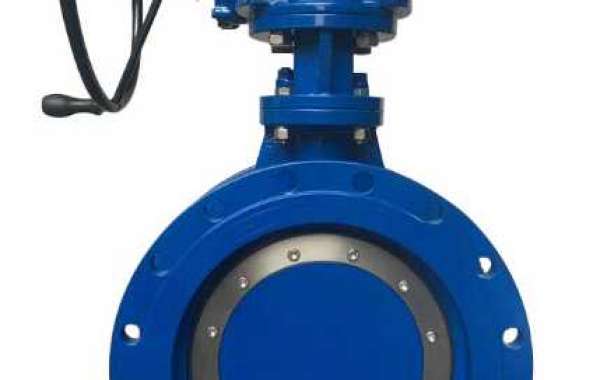In the world of industrial fluid control, efficiency is key. Whether it’s in the realm of oil and gas, water treatment, HVAC systems, or countless other applications, the ability to regulate the flow of liquids or gases with precision is paramount. One of the unsung heroes in this domain is the butterfly valve, a piece of engineering ingenuity that plays a significant role in streamlining fluid control.
Butterfly valves are often overshadowed by their more famous counterparts, such as ball valves or gate valves. However, what they lack in recognition, they make up for in versatility, efficiency, and cost-effectiveness. In this blog post, we’ll unfold the magic of butterfly valves and explore how they contribute to streamlining fluid control across various industries.
The Basics: What Is a Butterfly Valve?
To understand the magic of butterfly valves, let’s begin with the basics. A butterfly valves is a quarter-turn valve that is typically used to regulate the flow of fluids (liquid or gas) through a pipe. It consists of a disc, often called the “butterfly,” that is mounted on a rod. When the valve is fully open, the disc is positioned perpendicular to the flow of the fluid, allowing for unrestricted flow. When the valve is closed, the disc rotates 90 degrees to a position parallel to the flow, blocking it entirely.
The simplicity of this design is part of what makes These valves so efficient and cost-effective. Their quarter-turn operation allows for quick and easy control of flow, making them ideal for applications where on-off control and regulation of flow are essential.
Advantages of Butterfly Valves
Now, let’s delve into the magic of butterfly valves by exploring their numerous advantages:
1. Quick and Easy Operation:
The quarter-turn design of butterfly valves enables rapid opening and closing, making them ideal for applications where fast response times are essential.
2. Cost-Effective:
These valves are generally more affordable than other valve types, making them a cost-effective choice for many industries.
3. Compact Design:
Their compact and lightweight design is a significant advantage when space is limited.
4. Low Pressure Drop:
These valves offer low-pressure drops when fully open, which is vital in applications where energy efficiency is a concern.
5. Minimal Maintenance:
The simplicity of their design translates to less maintenance and fewer moving parts, reducing the likelihood of failure.
6. Versatility:
Butterfly valves can be used for a wide range of fluids, including water, oil, gas, and chemicals.
7. Bubble-Tight Sealing:
Triple offset butterfly valves provide an exceptional sealing capability, ensuring no leakage in critical applications.
Applications of Butterfly Valvesh3
The versatility of butterfly valves lends itself to a broad spectrum of applications, including:
1. Water and Wastewater Treatment:
These valves are commonly used in water treatment plants to control the flow of water, chemicals, and sludge.
2. Oil and Gas Industry:
High-performance butterfly valves are crucial in the oil and gas sector for applications involving crude oil, natural gas, and refined products.
3. Power Generation:
These valves help control the flow of cooling water, steam, and other fluids in power plants.
4. Chemical Processing:
These valves are used for handling chemicals, acids, and corrosive materials.
5. HVAC Systems:
In heating, ventilation, and air conditioning systems, butterfly dampers regulate air and gas flow.
6. Food and Beverage Industry:
The sanitary design of butterfly valves makes them suitable for food and beverage processing.
Conclusion
In the realm of fluid control, butterfly valves quietly work their magic, ensuring the efficient and precise regulation of liquids and gases. Their simplicity, cost-effectiveness, and versatility make them indispensable in a wide range of industries. As we’ve unfolded the magic of butterfly valves, it becomes clear that these unassuming devices play a pivotal role in streamlining fluid control processes, contributing to improved efficiency and reliability across the board. Whether in the water treatment plant, the oil refinery, or the HVAC system, the butterfly valve silently but effectively keeps the flow in check.
https://hf-valves.com/unfolding-the-magic-of-butterfly-valves-streamlining-fluid-control/









